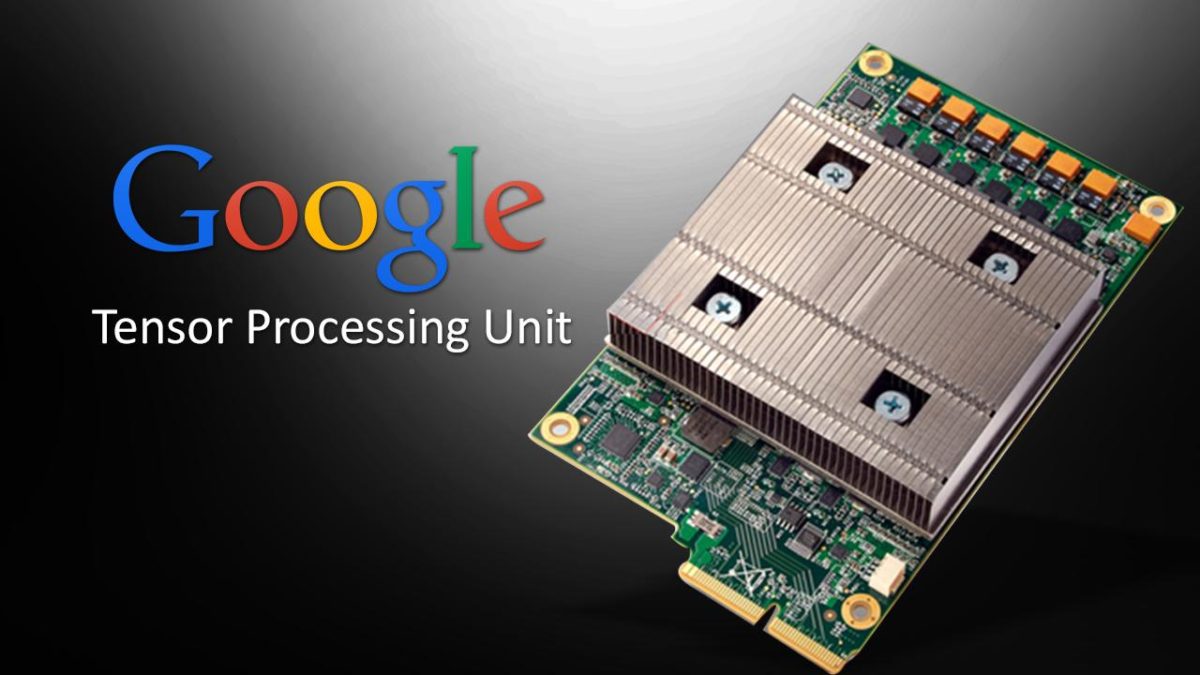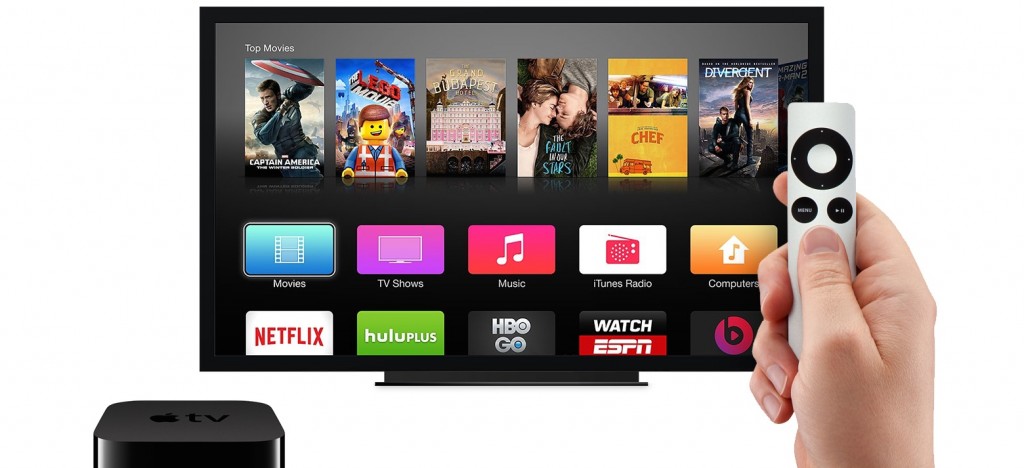As a Traditional software company, Google is not the first company that comes to mind when one thinks of microchips. But just recently, hardware geeks have revealed a previously unknown chip in Google’s latest Pixel smartphone (Techcrunch, 2017). So Google does not only design its own smartphones but even integrated its own camera chip. Similar moves by Google could be witnessed in the past when it was uncovered that Google was building its own network infrastructure (Metz, 2017). (btw, Microsoft and Facebook now even build undersea cables (Microsoft, 2017)). A little more in the past Google bought Motorola in a move shaking up the industry (Olson, 2011) and announced a processor labelled TPU (Tensor processing unit) designed to support their needs in mathematical calculations when training artificial intelligence models on large scale data (Alphabet, 2017). As another indication that Google is becoming more and more a chip designer, it was also revealed that Google is hunting top talent from chip manufacturer Qualcomm and Broadwell (Ungerleider, 2015).
So why would a company which’s success undoubtedly lies in software development, move away from its core competency and start designing microchips? Different explanations have been given for this question (Shaffer, 2015).
Hardware could serve as a “service funnel” which just exists for the sake of driving usage of the actual core product and services (Shaffer, 2015). The Android phones Pixel and Nexus can be viewed as such a thing. They merely exist as a flagship to showcase what Android phones are capable of. Android users then use Google’s actual core product Search, Gmail, Maps and so on when they are using their phone. However, I am not aware of any no such offers of chips and services for them so this is not quite the explanation.
Another explanation is that the hardware serves as an “entry point into the wider ecosystem” of Google (Shaffer, 2015). Customers are lured onto a platform and then are locked in. Google’s acquisition of home automation system Nest could be viewed as such (and partially also Android as a whole). The chips designed by Google are however not really necessary to build an ecosystem, rather the hardware offering as a whole (
such as the new Google Home, are decisive for this.
The “Proprietary Device” strategy serves as a much better explanation of Google’s recent move into silicon. This strategy is defined by building devices for the sake of serving a very specialized purpose that cannot be achieved with a general-purpose device (Shaffer, 2015). Google’s needs are so advanced that the technology on the market is simply not mature to meet them!
These microchips are only here to underpin Goole’s competitive advantage as they would otherwise not be able to do what they are capable of now. General purpose hardware is commoditized and can be bought for cheap off the shelf but there are simply tasks where “specialized systems […] tend to be more powerful and useful for their specific application.” (Miller and Norman 1986).
But why does Google conceive these chips themselves and not cooperate with a distinct hardware manufacturer to design them? Just to make clear, Google hasn’t started to physically produce chips, they are only designing them. Here are different explanations for why Google does not let others do the design for them:
Working together with a specialized chip designer would give the external designer a lot of power. They then would possess a large chunk of the intellectual property. In this way, Google would increase the bargaining power of their supplier and could even amount to a vendor lock-in. Just the opposite of what you want for your company.
Another explanation lies in the design process itself. It is a hugely complex process which involves a lot of communication, complex cooperation and a lot of attributes to specify. Also, the resulting product would be very specific to only serve Google’s need. Markets are simply not suitable for this kind of products, you would rather want a different setup with a close form of cooperation such as a hierarchy, i.e. in form of a company.
The only real advantage of having the capabilities at an external manufacturer would be that it could be produced and sold at scale what would lower unit prices. However, some form of competitive advantage over its rivals would be lost then. And if this really was needed, the respective division could still be spun off.
For the future, it can be expected to see in-house chip design capabilities to be built up at Google and similar high-tech companies such as Facebook, Amazon, Microsoft or Baidu. That it is done in-house will stay for long as it’s a new competitive advantage now and also the mechanisms of supplier power will stay universally applicable. The hardware underpinning the software is going to stay crucial for software creators. This then will widen the gap between established players and new entrants as there will be also investments in chip design needed to successfully compete.
References
Alphabet. (2017, May 12). An in-depth look at Google’s first Tensor Processing Unit (TPU). Retrieved October 20, 2017, from https://cloud.google.com/blog/big-data/2017/05/an-in-depth-look-at-googles-first-tensor-processing-unit-tpu
Lardinois, F. (2017, October 17). A dormant chip in the Pixel 2 will soon let developers write better camera and AI apps. Retrieved October 19, 2017, from https://techcrunch.com/2017/10/17/googles-first-custom-consumer-chip-is-the-secret-behind-the-pixel-2s-camera-performance/
Metz, C. (2017, June 03). Revealed: The Secret Gear Connecting Google’s Online Empire. Retrieved October 20, 2017, from https://www.wired.com/2015/06/google-reveals-secret-gear-connects-online-empire/
Microsoft (2017, September 27). New 4,000 mile-long transatlantic cable connects the US and Spain. Retrieved October 19, 2017, from https://news.microsoft.com/europe/2017/09/22/a-cable-stretching-4000-miles-between-the-us-and-spain-is-the-key-to-a-high-speed-future/
Miller, J.R, and Norman, D.A. (1986) Arguments against general-purpose interfaces:The case for specialization., Miramontes Interactive. Retrieved October 19, 2017, from http://www.miramontes.com/writing/specialpurpose/.
Olson, P. (2011, September 13). Google Buys Motorola Mobility For $12.5B, Revs Up Patent Portfolio. Retrieved October 20, 2017, from https://www.forbes.com/sites/parmyolson/2011/08/15/google-buys-motorola-mobility-for-12-5b-revs-up-patent-portfolio/#2d5dc9fc23ac
Shaffer, R. M. (2015). Why software firms build hardware, and what Microsoft is doing about it. Retrieved October 19, 2017, from http://hdl.handle.net/1721.1/100312
Ungerleider, N. (2015, November 06). Report: Google Considering A Microchip Play For Android. Retrieved October 19, 2017, from https://www.fastcompany.com/3053339/report-google-considering-a-microchip-play-for-android


